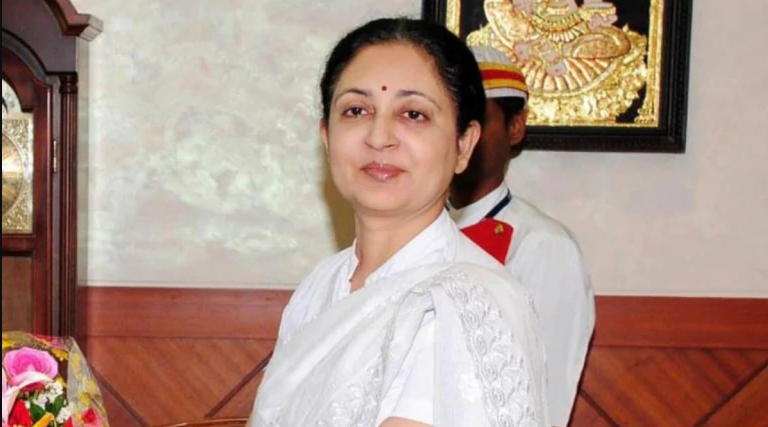The resignation of Justice Vijaya Kamlesh Tahilramani, who had been the Chief Justice(CJ) of Madras High Court, has been accepted by President Ram Nath Kovind, and rightly so if she is indeed in the wrong. Reports suggest that the CJ was transferred to the Meghalaya High Court, considered to be a court of lower profile, chiefly because she kept short working hours. She is said to have made it a practice to not work past noon, that is, in the post-lunch session. It was seen as a behaviour unbefitting the top judge of the high court, who is expected to lead from the front. The action is particularly notable as the Madras High Court, like most other courts, has a huge workload. Nationwide, the judiciary is under immense pressure owing to the rise in number of cases and the paucity of judges. It is also facing the burden of bringing finality and closure to prolonged cases with political and social ramifications. There is also an ongoing effort to paint the collegium in a negative manner and placing all faults of the judiciary at the doorsteps of this system at every possible opportunity.
One moot question in this context is that if Justice Tahilramani was exhibiting such behaviour not suited for her position, why was she elevated from the post of a Judge in the Bombay High Court to the Madras High Court in the first place. Justice Tahilramani had been elevated to the Bombay High Court as a judge in 2001 and was posted to Madras High Court August 12, 2018. She has had landmark judgements to her name, including the Bilkis Bano case, which was transferred by the Supreme Court from Gujarat to Maharashtra. The judgement in that case, pronounced May 2017, had run to about 400 pages and upheld the conviction and life imprisonment awarded to 11 people found involved in the gangrape of Bilkis. There is speculation that the transfer is manifestly a display of political vendetta. Justice Tahilramani, though, has stated that her transfer to a much smaller high court — when she is left with just about a year before she retires October next — was quite upsetting. That should be true given that the judge has served long stints and much time before she reached a position close to retirement. It is but a small comfort for any official to be leaving a position on a high note. Fact also is that if the judge’s conduct was not appropriate, she must have been warned against doing so in all justness. There appears to be no such effort from any quarter, and that makes the decision to transfer her to a smaller court arbitrary.
While on one hand, it may appear arbitrary for a judge close to retirement to be transferred in this manner, it is also equally disturbing that the judge has chosen to defy the order by resigning from the position. She has claimed that her conscience is clear as she steps down; but she need not have worried about the court she was asked to head if she was concerned with serving and upholding justice. Of course, it is admittedly a humiliation to be downgraded in this manner. For a judge who has handled many sensitive cases, there must have been much to contribute, especially since most senior judicial authorities seem to gently beat around the bush in most cases that hold public attention. Sending Tahilramani to the smaller court compared to a larger and established one as the Madras High Court is a message that everyone understands. It is also not known whether Justice Tahilramani was able to manage her day’s work at the court within the hours she worked. If her style of functioning was not causing pendency of cases, it should not be a matter of worry as to how many hours she sits at the court, although a judge does have to abide by officially set working hours. The quality and also the number of judgements should determine whether her style of work was affecting the operation of and the work culture at the court.
More transparency is required on the reasons that led to the transfer or Justice Tahilramani to build public confidence in the functioning of the judicial system and whether it was truly justified or politically motivated as is being speculated. The chief justice is but another addition to the increasingly long line of disgruntled officials that have stepped down amid pressure being mounted on them. This should be stemmed before it becomes an unstoppable tide. And the nation wants to know who and what kind of pressure is being mounted to remove the few honest and upright people still serving in the government and the judiciary.
